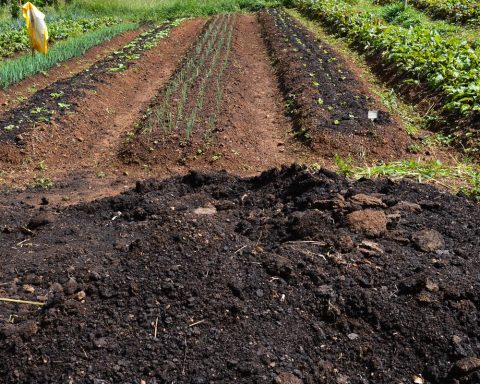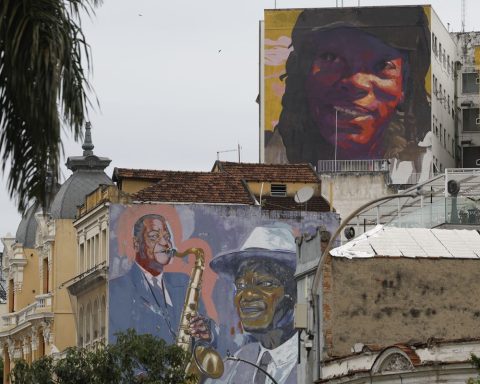Indigenous artifacts from more than 50 ethnic groups that have been held in France for over 20 years are returning to Brazil. In total, 585 objects – masks, headdresses, cloaks, ornaments, musical instruments, baskets, weapons, sculptures and other ethnographic items – will be part of the collection of the Museu do Índio, in Rio de Janeiro.
Some of the artifacts were returned to Brazil on the 10th, following joint action by the Federal Public Prosecutor’s Office (MPF), the National Foundation for Indigenous Peoples (FUNAI) and the Ministry of Foreign Affairs (MRE). According to the MPF, the goods were acquired in 2003 and taken to the Museum of Natural History and Ethnography in the city of Lille, France, without following legal procedures.
The return was possible after several negotiations, over a decade, with the French authorities and the opening of a public civil inquiry at the Rio de Janeiro Public Prosecutor’s Office. Now, the pieces will undergo a quarantine period to avoid possible contamination, as is customary with museum collections. At the Museu do Índio, linked to Funai, the condition of the pieces will also be checked in comparison with the reports issued when the objects left France. The idea is for them to be exhibited to the public.
Without authorization
The MPF explained that the artifacts were acquired in 2003 by representatives of the Lille museum in a store in São Paulo, which was not authorized to sell this type of product.
Among the ethnographic items, there are Kayapó and Enawenê-Nawê ornaments, considered rare or non-existent in Brazilian collections, as well as Araweté objects such as rattles, bows and feathered earrings produced from the feathers of the blue anambé and the scarlet macaw.
The goods are protected by the 1973 United Nations Convention on International Trade in Endangered Species of Wild Fauna and Flora (CITES). This Convention assigns producer and consumer countries their share of the common responsibility and establishes the necessary mechanisms to ensure that the exploitation of populations is not harmful.
For the MPF, in addition to Cites, the UNESCO Convention on the Import and Export of Cultural Property (1970) and the Unidroit Convention on Illegally Stolen Cultural Property (1995) guarantee the return of cultural property to its place of origin, regardless of the good faith of the purchaser.
The solution found at the time by the French authorities was to donate the collection to the Museu do Índio in Rio de Janeiro, followed by the signing of a loan agreement for a period of five years, renewable for the same period, authorizing the French museum to exhibit the collection. This occurred in November 2004. After this period, the agreement provided that the city of Lille would fully cover the costs of transportation, insurance and return of the collection.
According to the MPF, the contract was not fulfilled and, therefore, a public civil inquiry was opened in 2015 to obtain the return of the indigenous artifacts. Over the course of 10 years, there were numerous meetings and exchanges of communications between the MPF, Funai, Itamaraty and the French museum to negotiate the repatriation of the collection.
In the end, the French museum said it would not bear the costs of returning the pieces, which included transportation, shipping and insurance. Funai then took on the responsibility of bringing the pieces back and the items finally arrived in Brazil, where they await customs clearance and the quarantine period before finally being presented.
Tupinamba Cloak
Also this month, the National Museum received the Tupinambá cloak, an indigenous artifact that had been in Denmark since the 17th century and returned to Brazil. The cloak is a 1.80 meter high garment, made with red guará feathers on a natural fiber base and arrived at the National Museum of Denmark (Nationalmuseet) more than three centuries ago, in 1689. It was probably produced almost a century earlier.
Study by North American researcher Amy Buenofrom Chapman University, shows that there are still ten other similar cloaks, also made with guará feathers, that remain expatriated in European museums. In the National Museum of Denmark alone, there are four others in addition to the one that was returned to Brazil.














